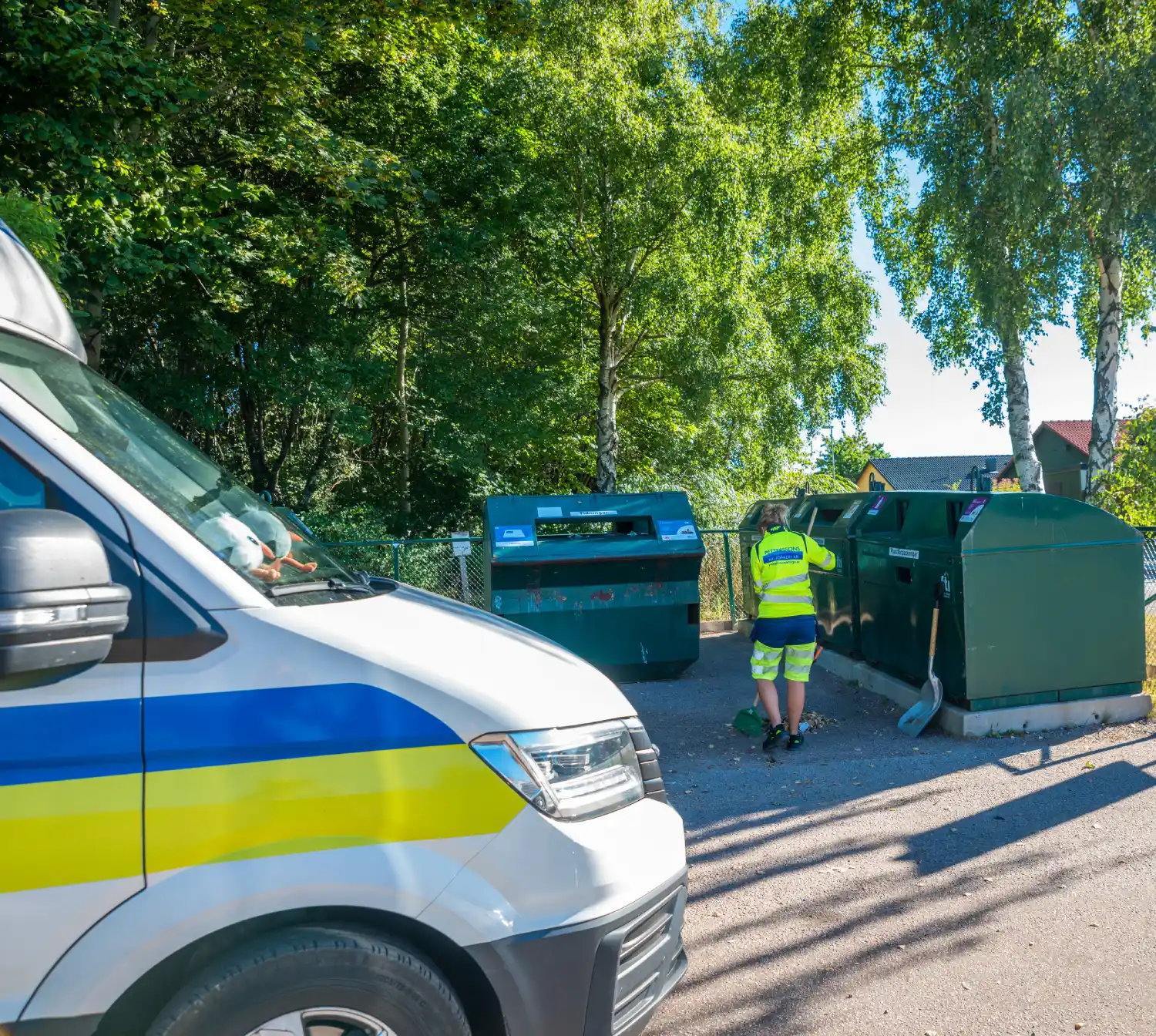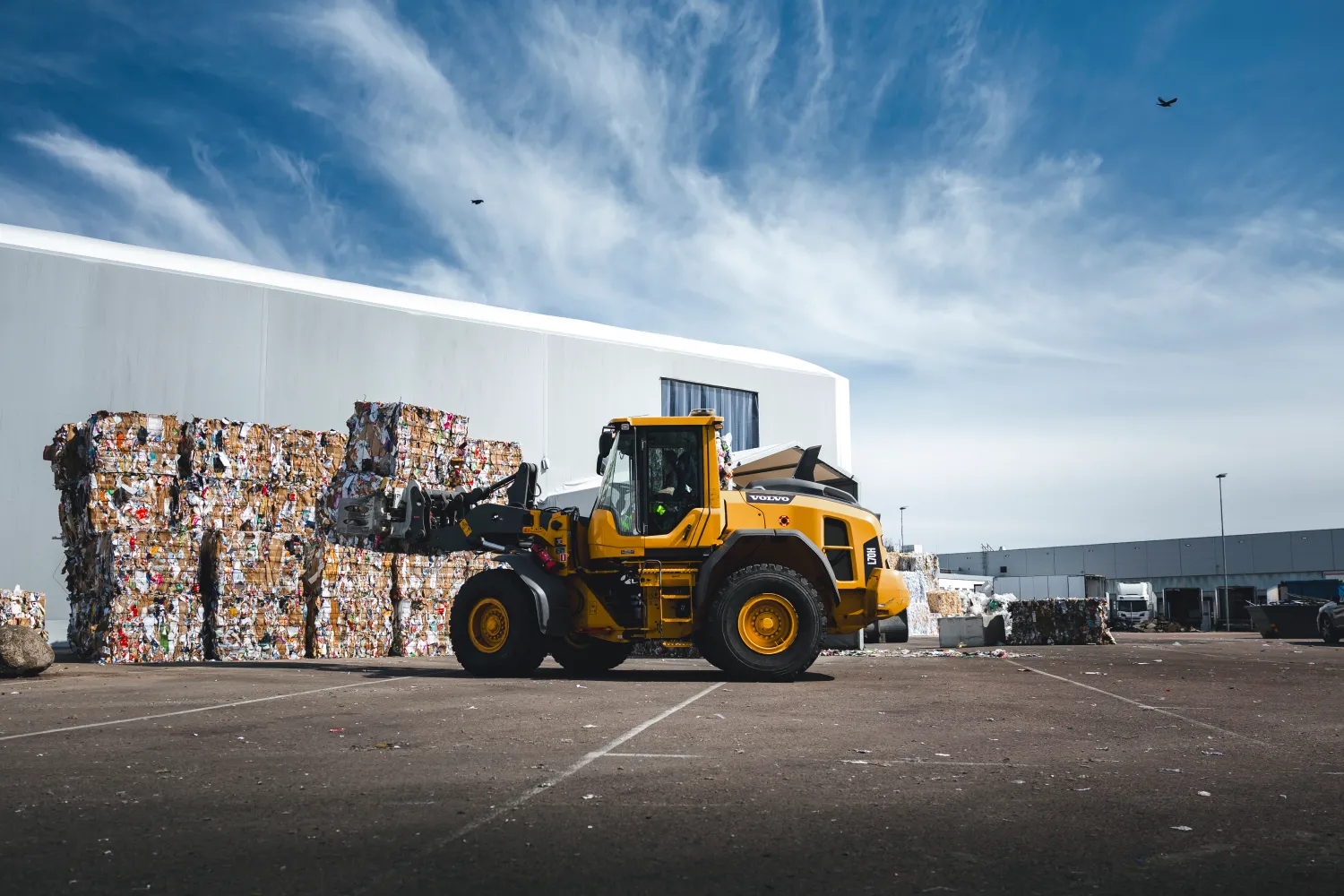The Impact of Recycling Companies on Reducing Landfill Waste
The Impact of Recycling Companies on Reducing Landfill Waste
Blog Article
Recycling represents a crucial role in environmental sustainability, and understanding the procedure behind it may shed light on how organic components are shown a brand new life. Recycling Company (Återvinning Företag) follow a organized workflow to make sure waste components are efficiently altered into reusable products. This method not only decreases the stress on organic sources but also reduces environmental pollution. Here's a step-by-step search at the way the recycling process unfolds—from selection to repurposing.
Step 1: Collection and Sorting
The first faltering step in recycling is the assortment of recyclable waste. Residential, professional, and commercial sources lead to the supply of materials. Spend is typically collected through curbside programs, drop-off stores, or mass series systems. When collected, the resources are moved to a recycling ability for sorting.

At the center, superior organizing systems are accustomed to separate components like report, plastics, materials, and glass. Handbook job is often combined with sophisticated engineering, such as for example infra-red scanners and magnets, to boost sorting accuracy. A well-executed sorting method assures appropriate categorization, which is really a important step in sustaining substance purity.
Step 2: Cleaning and Preparation
When fixed, resources must be cleaned to eliminate toxins like food residue, dust, or labels. For instance, plastics are rinsed carefully before being shredded into smaller parts, while materials are stripped of impurities. Cleaning assures the recycled material retains its reliability and can efficiently be natural product in manufacturing.
Particular kinds of products also undergo preliminary processing to produce them ideal for recycling. For instance, paper products are pulped and de-inked to get ready them for recycle as fresh paper products.
Step 3: Processing and Transformation
After cleaning, components are prepared and prepared for repurposing. Parts might be melted down and reshaped in to pellets, materials are smelted in to bars or sheets, and glass is smashed in to cullets for recycle in new glass products. As of this point, components are changed right into a standardized kind that acts as a foundation for production new items.

Step 4: Repurposing into New Products
Finally, the prepared products can be bought to manufacturers who change them in to new products. Recycled materials might become outdoor furniture or apparel, while materials may be crafted in to construction components or new appliances. Using recycled resources guarantees a closed-loop system, reducing the necessity for virgin resources.
The recycling method is vital in strengthening circular economies and selling sustainability. By following these delicate steps, recycling businesses breathe new living in to components that will usually subscribe to landfills. Knowledge this workflow may motivate customers and organizations equally to prioritize recycling and produce conscious choices regarding waste. Report this page